As climate change concerns take on new urgency, newsrooms have had to adjust by incorporating more coverage of environmental change and its impacts. Unfortunately, many reporters and editors lack the background, sources, and confidence to cover these stories with the depth and nuance they require.

Do you have the sources and understanding of science to uncover these stories? Do you know the most effective and inclusive ways to report on the disproportionate effects of climate change on people of color and vulnerable communities?
The University of Rhode Island’s Metcalf Institute will explore these issues at its 23rd Annual Science Immersion Workshop for Journalists. Metcalf Fellows will gain a solid foundation in the fundamentals of research practice, climate science, and adaptation measures from leading researchers and policymakers to aid their reporting and produce accurate and contextualized reporting on globally relevant environmental issues.
The 2021 Workshop will be conducted virtually due to ongoing public health concerns. Thanks to the generosity of private donors and Metcalf Institute’s endowment, the fellowships include full tuition.
Based on effective methods for remote learning and to accommodate Fellows’ schedules, the workshop will be offered over two weeks: May 24 – 27 and June 7 – 11, 2021 during the afternoons of Eastern Daylight Time.
As a result of participating in the Annual Science Immersion Workshop, Fellows will:
- Be able to identify important climate change stories that are relevant to their news audiences.
- Recognize and understand the interactions between climate change, the environment, and society, and how climate change disproportionately affects communities of color and low-income communities.
- Understand how academic scientists plan, fund, conduct, and publish their research
- Be better prepared to understand and communicate scientific uncertainties
- Be better prepared to translate scientific findings for news audiences
Applications for the 2021 Annual Science Immersion Workshop for Journalists must be submitted by 11:59 p.m. EST on Sunday, February 14, 2021.
Metcalf Institute strives to create a diverse group of Fellows; journalists of color are strongly encouraged to apply.
Learn more and apply for Metcalf Institute Fellowship
About Metcalf Institute
Metcalf Institute provides education, training and resources for journalists, researchers, and other science communicators to engage diverse audiences in conversations about science and the environment. Metcalf Institute was established at the University of Rhode Island in 1997 with funding from three media foundations: the Belo Corporation, the Providence Journal Charitable Foundation and the Philip L. Graham Fund, with additional support from the Telaka Foundation.
Contact:
Karen Southern
Director of Communications
Metcalf Institute
University of Rhode Island
karen_southern@uri.edu
www.metcalfinstitute.org




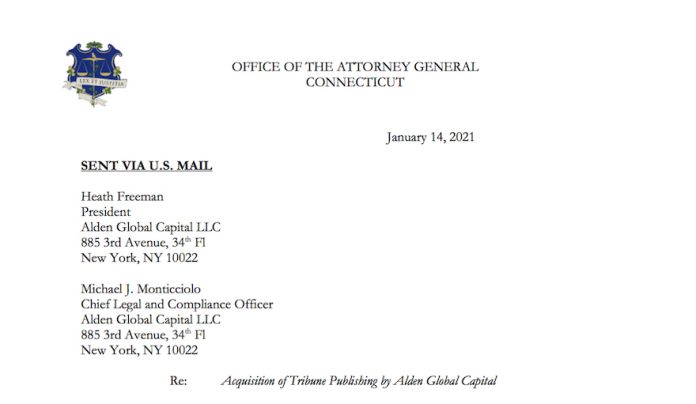
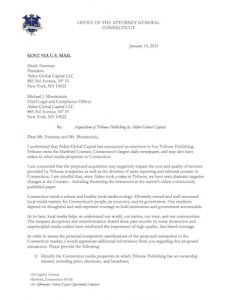
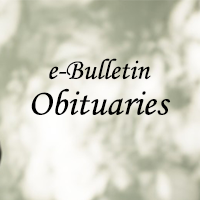
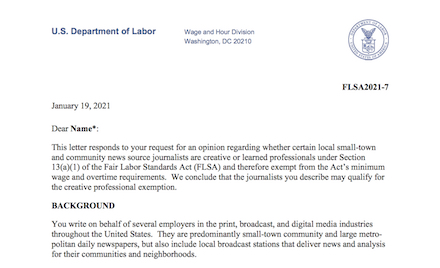
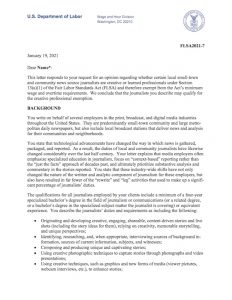
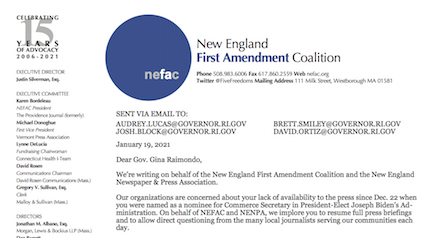
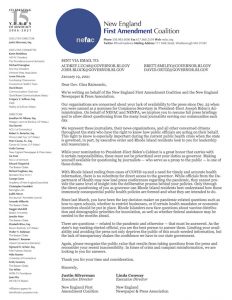
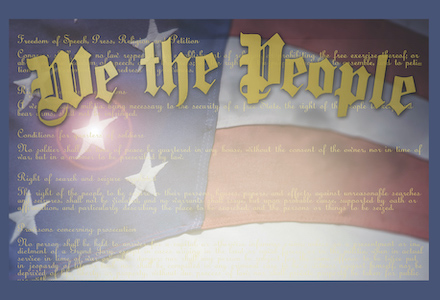


Make Journalism Better By Improving Newsroom Culture
News organizations covering the fury over the deaths of more than 200 Black people at the hands of police in 2020 and COVID-19’s brutal toll on people of color faced a reckoning of their own: How well did their newsrooms reflect the nation’s diversity and treat minority groups and women?
Three years ago, the Freedom Forum launched the Power Shift Project to combat the culture that allowed #MeToo scandals to fester in the media world. From our first Power Shift Summit in 2018, we learned that harassment and discrimination are inseparable. As we tackled the cultural change needed to produce equitable workplaces for women, we didn’t focus on their challenges alone.
We took on marginalization, discrimination, harassment and bias affecting all who are underrepresented in journalism. We listened to expert voices, learned from research and bore witness to open wounds.
We developed a curriculum called Workplace Integrity. We then trained leaders from media organizations to deliver it in their newsrooms and classrooms across America, which they did successfully. And then 2020 arrived, bringing new challenges.
NEW TRAINING REFLECTS RECKONING ON INEQUITY
Responding to the nationwide reckoning on racial injustice and the COVID-19 pandemic challenges, this year, we are launching an updated version of the Power Shift Project’s signature Workplace Integrity Training. The curriculum was designed by world-class educator and Freedom Forum Fellow Jill Geisler, who is also the Bill Plante Chair in Leadership & Media Integrity at Loyola University Chicago.
We revised this free, one-of-a-kind interactive training so that trainers can teach the curriculum virtually. The goal of this curriculum is to produce workplaces free of harassment, discrimination and incivility, and filled with opportunity, especially for those who have traditionally been denied it.
The Power Shift Project will lead five Train the Trainers sessions in 2021 for newsroom and journalism classroom leaders who want to learn how to present the curriculum in their organization. Our Train the Trainers program consists of two, 2.5-hour online webinars. And thanks to a CBS Corp. grant, both the training and the Workplace Integrity curriculum kit you receive upon completion are free. REGISTER HERE
So far, more than 250 newsroom and classroom leaders have been trained in the curriculum from major media companies, top university journalism programs and journalism affinity groups.
Here’s what two of our trainers have to say about the impact of Workplace Integrity training:
AWARENESS: A FIRST STEP TO MAKING A CHANGE
The problems of inequity and injustice in U.S. newsrooms and the world aren’t easily resolved. But taking a hard look at our history with an eye to a more equitable future is a start. Fifty-three years ago, the Kerner Commission report on the causes of racial unrest that roiled cities in 1967 faulted racism and the news media, in part, for not adequately representing the lives of Black Americans due to a lack of Black journalists.
In September 2020, editors at the Los Angeles Times produced a powerful rebuke of the newspaper’s past coverage, writing that “While the paper has done groundbreaking and important work highlighting the issues faced by communities of color, it has also often displayed at best a blind spot, at worst an outright hostility, for the city’s nonwhite population, one both rooted and reflected in a shortage of Indigenous, Black, Latino, Asian and other people of color in its newsroom.”
While the Los Angeles Times searches for a new top editor, groundbreaking leadership changes are finally happening in other news organizations across the country:
Systemic change starts now. Resolve for 2021 that your newsroom will be a place of civility and opportunity for all, especially those who have been denied it in the past.
Consider the Power Shift Project’s Workplace Integrity Curriculum your ally on the path to better, more diverse newsrooms and the improved journalism that will result.